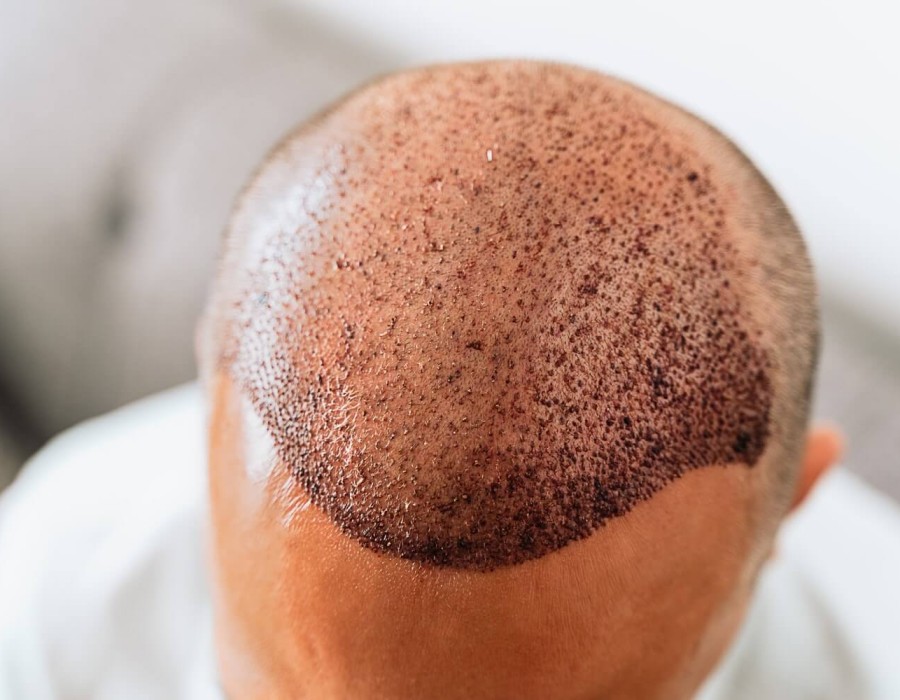Before undergoing a male hair transplant, there are several important factors to consider to ensure that the procedure is right for you and that you’re fully prepared for the process. Here are key things you should know:
Assess the Right Time for a Hair Transplant
One of the first things to consider is whether you are at the right stage of hair loss for a transplant. Male Hair Transplant in Dubai are typically most effective when you have a well-defined pattern of hair loss, often after experiencing male pattern baldness (MPB) for a few years. It’s important to be stable in your hair loss, as early transplants in individuals with rapid or progressive hair loss may not yield long-lasting results.
Understand the Procedure Options
There are two primary types of hair transplant techniques: Follicular Unit Extraction (FUE) and Follicular Unit Transplantation (FUT). In FUE, individual hair follicles are harvested from the donor area and transplanted to the recipient area. In FUT, a strip of scalp is removed and then divided into grafts, which are implanted into the thinning or balding areas. It’s essential to understand the differences between these techniques to choose the one best suited to your needs and preferences.
Choose a Qualified Surgeon
The success of your hair transplant heavily depends on the skill of the surgeon performing the procedure. Take time to research and choose a qualified, experienced hair transplant surgeon. Look for certifications, a portfolio of past patient results, and reviews or testimonials to ensure you are in capable hands. A reputable surgeon will help you manage expectations, plan the procedure carefully, and create a hairline that suits your facial features.
Understand the Risks and Limitations
Like any surgery, hair transplants come with certain risks and potential complications, including infection, scarring, and uneven hair growth. While these risks are generally minimal when handled by a skilled surgeon, it’s crucial to discuss potential side effects and limitations with your doctor. Additionally, be realistic about the results. While a hair transplant can significantly improve your appearance, it may not fully restore your hair to its original state.
Preparation for the Procedure
In the days leading up to your hair transplant, there are specific preparations you may need to follow:
- Avoid Alcohol and Smoking: These can interfere with the healing process and affect blood circulation.
- Stop Certain Medications: Some medications, such as blood thinners, may need to be temporarily discontinued.
- Shampooing and Scalp Care: Your surgeon may provide specific instructions on how to clean your scalp before the procedure.
Know the Recovery Process
Understanding the recovery process is crucial for setting realistic expectations. After the procedure, you will likely experience some swelling, redness, and scabbing in the transplant area. Most men return to work within a few days, though more strenuous physical activities may need to be avoided for several weeks. The newly transplanted hair will shed after a few weeks, and new hair growth will begin within a few months. Full results may take anywhere from 9 to 12 months.
Post-Procedure Care
After a male hair transplant, proper aftercare is essential to promote healing and the best possible results. This includes:
- Medication: Your doctor may prescribe medications to reduce swelling and prevent infection.
- Hair Care: Avoid washing your hair too soon and be gentle when cleaning the transplant area.
- Protecting the Area: Avoid touching or scratching the transplant area to ensure the follicles remain undisturbed.
Long-Term Maintenance
While the transplanted hair is permanent, your non-transplanted hair may continue to thin or fall out over time. To maintain a full head of hair, you may need additional treatments or medications like minoxidil or finasteride to keep the remaining hair healthy. Your surgeon can advise on the best long-term maintenance plan based on your individual needs.
Manage Expectations
It’s essential to have realistic expectations about the outcome of your hair transplant. While a transplant can restore your hairline and improve your appearance, it’s not an instant fix. It takes time for the transplanted hair to grow, and the final results may not be visible for several months. Be patient, and trust the process for the best possible outcome.
Ideal Candidates for a Male Hair Transplant
The best candidates for a hair transplant are men with stable hair loss who have a good donor area (usually the back or sides of the scalp). If you’re in the early stages of hair loss or if your hair loss is progressing quickly, your surgeon might suggest waiting until your hair loss pattern stabilizes. Additionally, younger men may not be ideal candidates because their hair loss patterns are still evolving.
Lifestyle Factors to Consider
The results of your hair transplant can be influenced by lifestyle factors. A healthy diet, regular exercise, and good sleep hygiene can help support overall hair health and improve the healing process. Avoiding excessive sun exposure and harsh chemicals on your hair can also prevent further damage and enhance the final results of the transplant.
Conclusion
A male hair transplant can be a life-changing procedure that helps restore confidence and improves the appearance of your hairline. Before deciding to undergo the procedure, it’s crucial to thoroughly research the process, understand the recovery, and consult with a qualified professional to determine if you’re a good candidate. Proper preparation and aftercare are key to achieving the best possible results and ensuring long-term success.






Comments